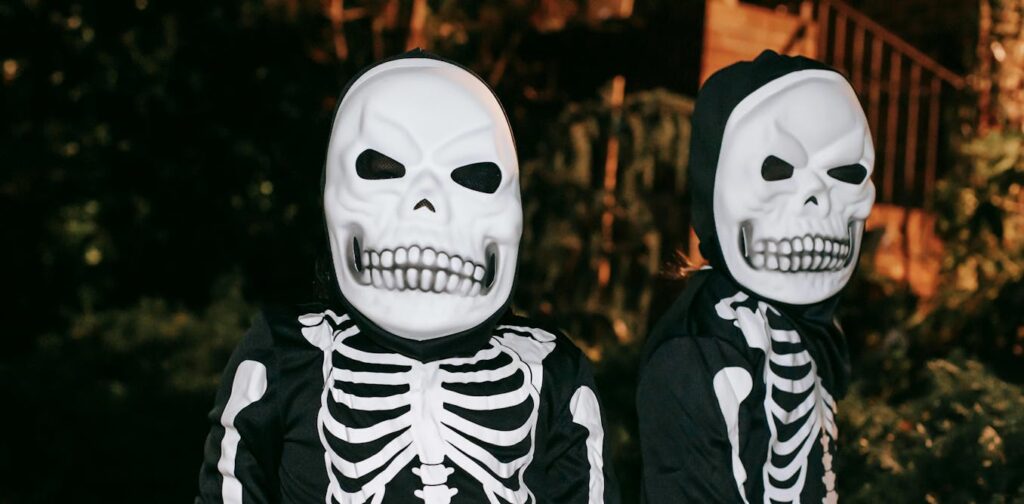
As Halloween approaches, the debate about its appropriateness for children resurfaces. With its blend of bloody costumes and eerie themes, Halloween often seems to lure children into confronting topics they might not be ready to handle. However, the fascination with the gothic and macabre has been a part of children’s lives since the era of fairy tales.
From the Brothers Grimm to modern-day fantasy, some of the most classic children’s stories are both scary and, at times, brutal. These tales involve wolves eating grandmothers, witches attempting to devour children, and stepmothers plotting poisonings. Despite their horrific elements, these stories provide children with a safe space to explore fear and develop resilience.
The Role of Fairy Tales in Child Development
Child psychologist Bruno Bettelheim emphasized the importance of fairy tales in helping children navigate life’s challenges. He argued that these stories suggest a rewarding life is attainable despite adversity, but only if one does not shy away from struggles.
Fairy tales intimate that a rewarding, good life is within one’s reach despite adversity – but only if one does not shy away from the hazardous struggles.
Studies by psychologists support this view, indicating that fairy tales help children manage their fears by showing them that challenges can be overcome. English fantasy writer G.K. Chesterton famously remarked:
The baby has known the dragon intimately ever since he had an imagination. What the fairy tale provides for him is a St. George to kill the dragon.
The Historical Context of Scary Stories
Looking back to the 1880s, children in Victorian Britain were captivated by “Penny Dreadfuls”—cheap, sensational serialized novels. These stories, featuring characters like Sweeney Todd, were considered corrupting influences, much like violent video games today. However, they also served as a gateway to literacy for many working-class children.
Alfred Cox, the son of an ironworker who became a doctor, credited these stories with inspiring him to seek a better life. Labour Party politician John Paton described them as “good healthy stuff for an imaginative boy.”
Modern parallels can be drawn with series like Harry Potter, which invite children into fantastical worlds filled with fearsome creatures, fostering a love for reading and imagination.
The Lighter Side of Scary
While the sight of a child dressed as a zombie might be jarring, such themes are commonplace in today’s children’s entertainment. The 2012 film “Hotel Transylvania” features zombies losing limbs for comedic effect, and even the beloved Count from “Sesame Street” draws inspiration from Bela Lugosi’s Dracula.
Halloween, while “scary,” offers children a controlled environment to explore fear, enjoy it, and learn from it. They are already exposed to similar themes in books, shows, and movies, which can help them navigate real-life fears. Choosing a scary costume allows children to confront and control their fears, symbolically casting off the “monster” when they choose.
Adults and the Allure of Horror
It’s not just children who are drawn to gore and horror. Streaming services and podcast rankings are filled with true crime and horror content, suggesting that adults share this fascination. Before questioning children’s interest in the macabre, perhaps adults should consider their own consumption of such content.
Ultimately, Halloween and its associated themes offer children a unique opportunity to engage with fear in a safe and controlled manner. As they navigate these spooky experiences, they learn valuable lessons about courage, resilience, and the power of imagination.







